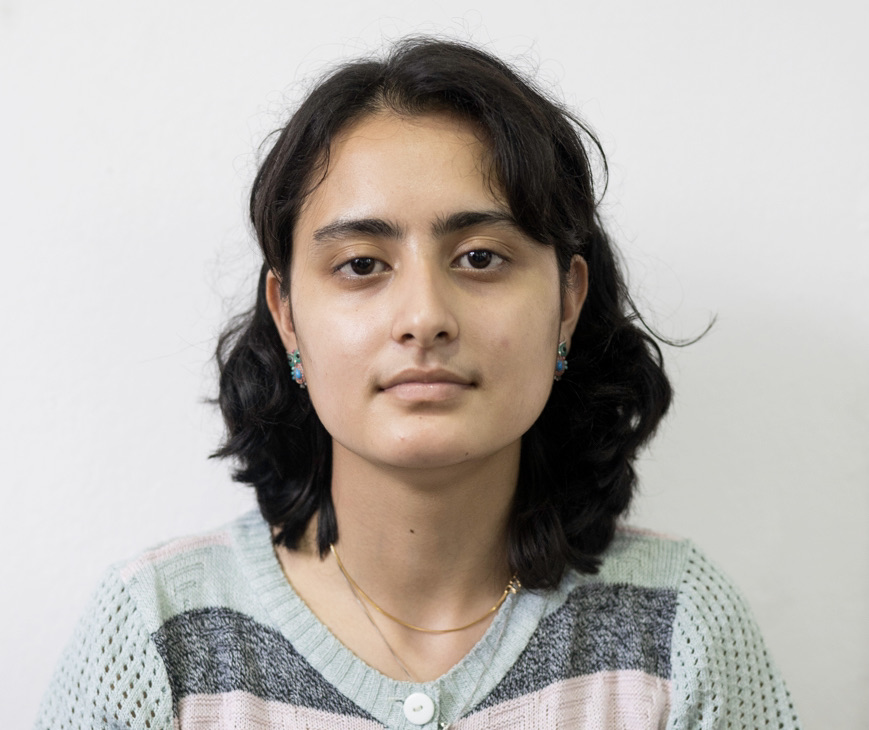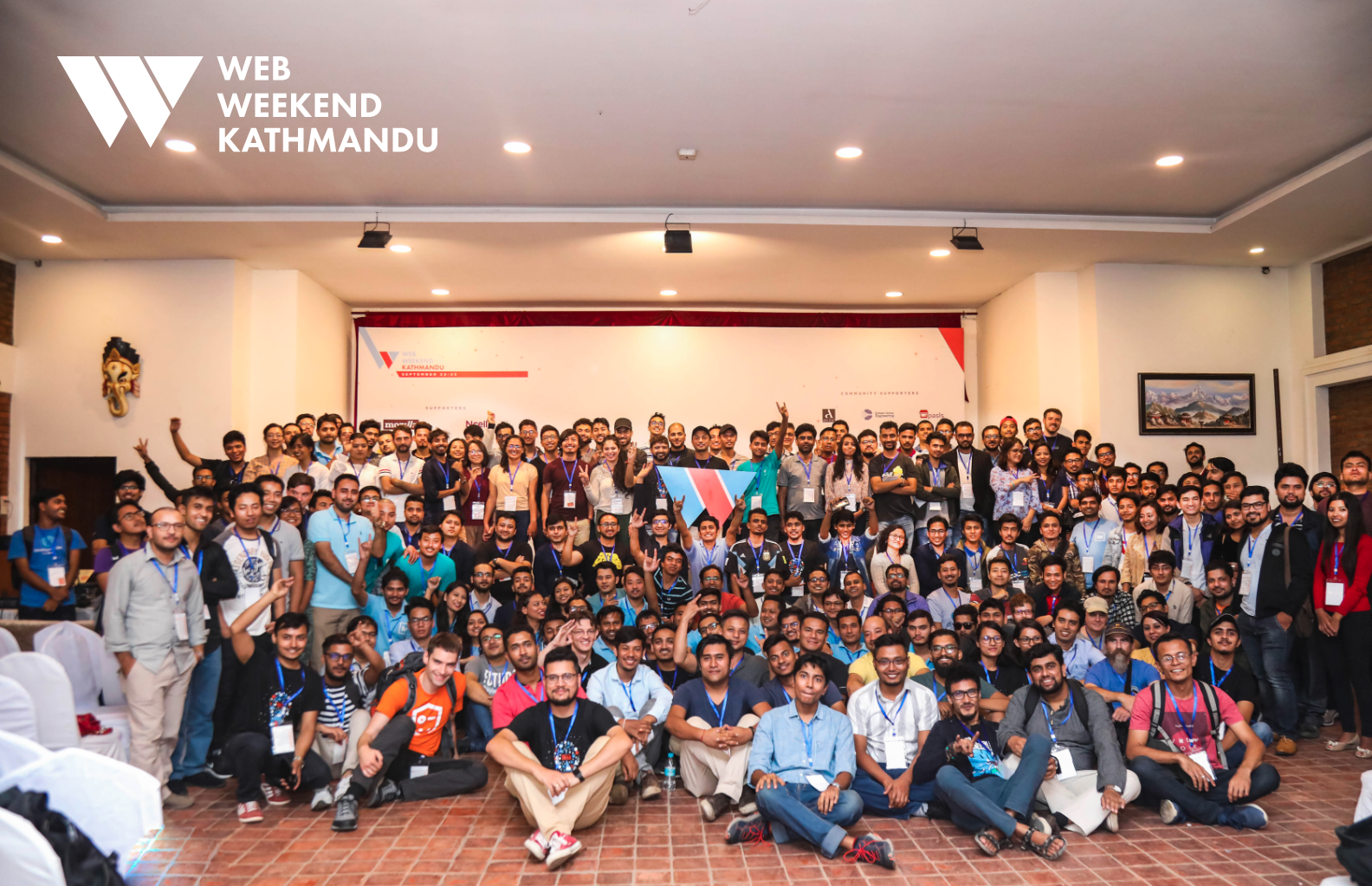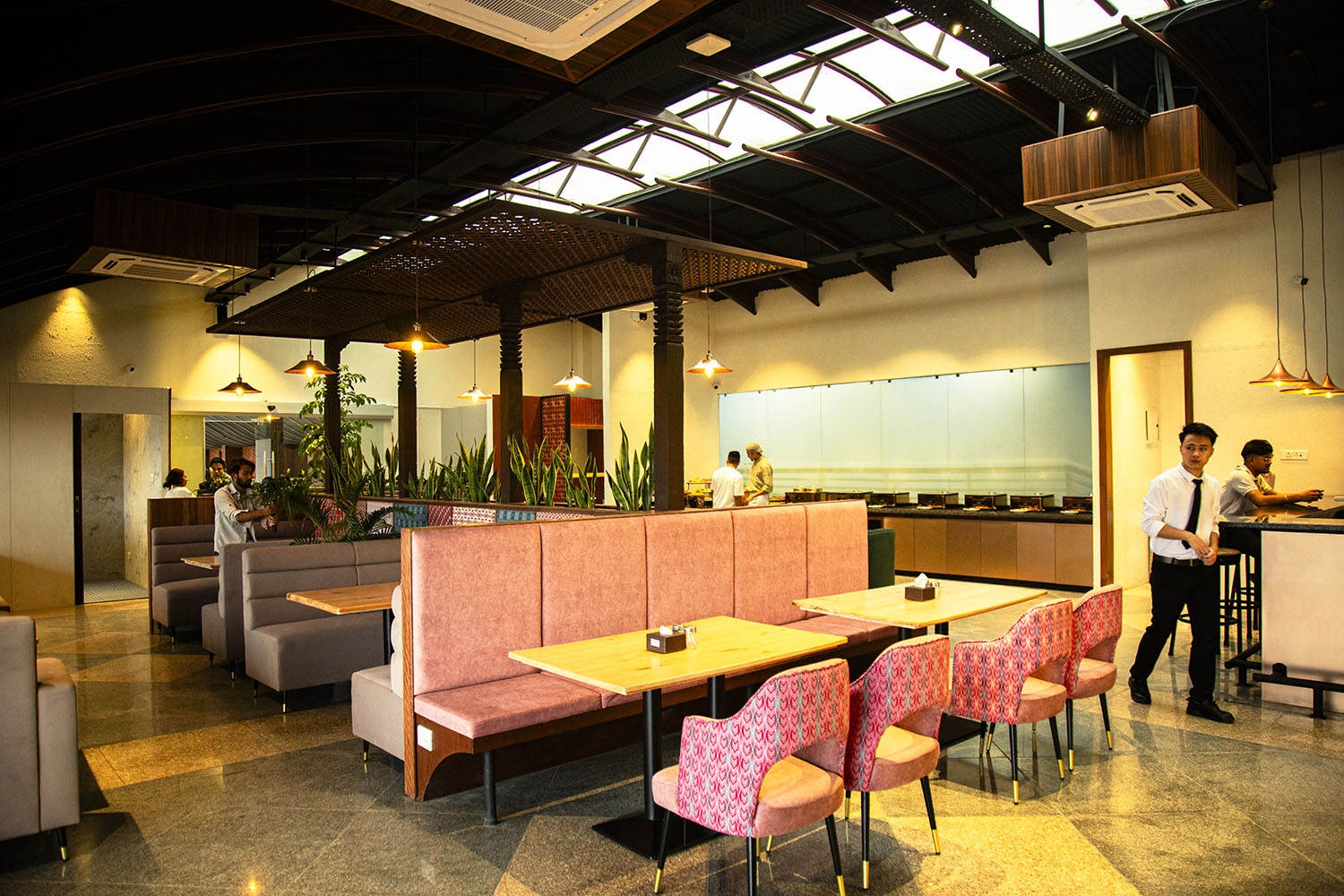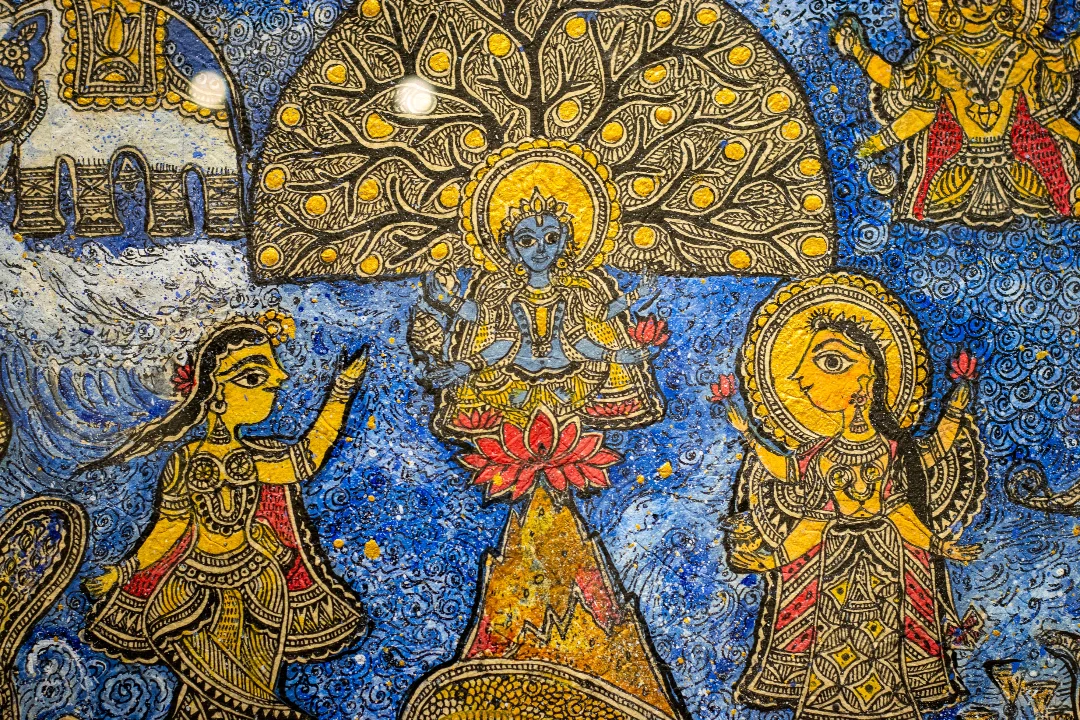Culture & Lifestyle
‘Everyone is welcome’: Kathmandu marks pride parade
On Saturday, a large group of Valley residents celebrated the event with a rally, song and dance performances and poetry recitals, aiming to bring visibility to queer issues.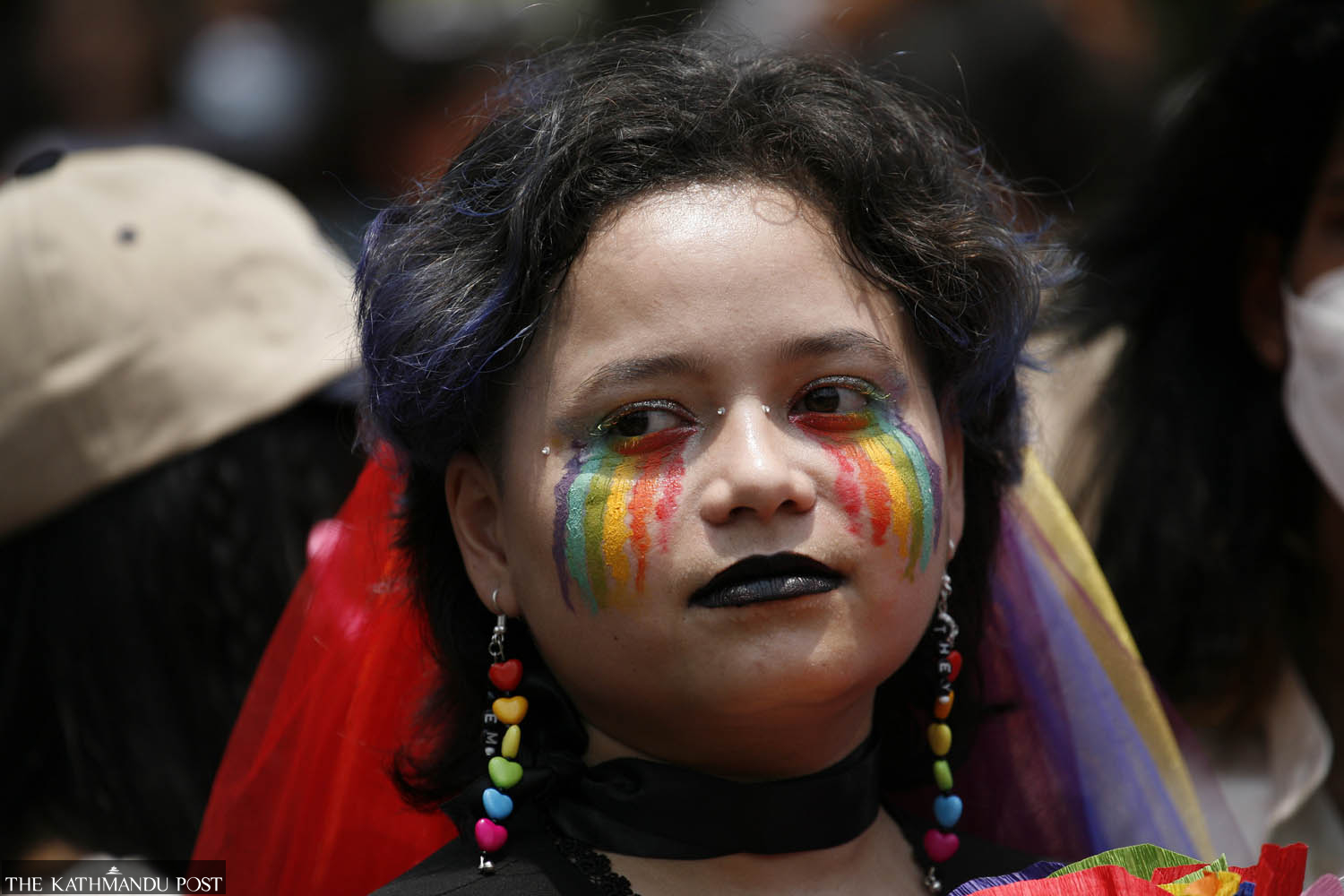
Urza Acharya
Pukhusi Kyaba, also known as Shanti Batika, is an unassuming space. Often overshadowed by the grandeur of the Rani Pokhari next to it, Pukhusi Kyaba is only for those who really know their way around Ratnapark. On Saturday, however, the garden hosted many new visitors. Some had a rainbow painted on their face, while others carried rainbow flags, placards and banners that read ‘Everyone is welcome here’, and ‘Love is love’, among others. All of them were there to participate in the Nepal Pride Parade, a celebratory gathering to bring visibility to people of marginalised sexual orientation, gender identity, expression and sex characteristics.
Organised by Queer Youth Group (QYG), Queer Rights Collective (QRC) and Campaign for Change, the ‘Nepal Pride Parade’ started in 2019. Since then, on every second Saturday of June, hundreds of individuals from the queer spectrum, trans individuals, and allies walk the streets of Kathmandu, chanting slogans and queer terms. Manoeuvring around the traffic and the protective police line, the mass flowed past the streets of Jamal, Durbarmarg and Nag Pokhari, culminating into an assembly at Narayan Chaur in Naxal.
The assembly saw performances—dances, poetry recitations, and songs by queer individuals, each bringing more energy to the crowd. The participants braved the scorching midday heat and danced to the music, mingling with one another. An interpreter used sign language to ensure that the sentiments of the songs and poems weren’t lost on individuals with disabilities.
“When we started the parade in 2019, it was just a handful of people with a banner in hand,” Rukshana Kapali, the chief executive officer of QYG, told the Post.
But now, hundreds of individuals, with their own placards and flags, have joined the parade, and the movement has found a life of its own.
For Madan Prasad Kurmi, a member of the ‘Campaign for Change’, an organisation that advocates for the rights of intersex people, this year’s event feels grander than the last. Kurmi’s son, Mandip Prasad, is intersex. “For the longest time, my son was bullied and harassed,” he said. “And as a father, I had no idea what to do.” Only when he met Sunil Babu Panta, a gay rights activist and founder of The Blue Diamond Society, did he finally understand that intersex people like his son exist and it was nothing to be ashamed of. Eventually, the father-son-duo became part of a larger group fighting for the recognition of intersex individuals. Today, however, Kurmi is content. “I’m happy to see my son happy and celebrating in the parade,” he said.

In 2007, the Supreme Court acknowledged the existence of LGBTQ minorities and mandated that all government documents have an ‘other’ gender category. This move was hailed for being progressive and is still used as an example of Nepal being a ‘forward-thinking’ country when it comes to LGBTQ rights but over time, it has had few takers because of its limiting nature. “The bracket of the ‘third gender’ is too limiting,” Kurmi said. “Intersex persons and other sexual minorities deserve an identity of their own.”
Abhijit Adhikari, who studies law at Kathmandu University and identifies as queer, said that Nepal’s existing legal framework simply isn’t enough to address the issues of gender and sexual minorities. “If you add in the issues of class and caste to the mix, there’s so much the country has to do to preserve queer folks’ rights,” he said.

For him, the pride parade, along with being a day for celebration and solidarity, is also a political force. To be able to march through public places and interact with the general public is significant as it forces society to come to terms with the ever-growing movement, he said.
Dila KC, a 19-year-old student from Dang, participated at a pride parade for the first time and for her, the event was an eye-opener. “I didn’t even know that LGBT people existed,” she said. “We never had that conversation in school or at home.” As she talked, her eyes wandered around Narayan Chaur, marvelling at the intensity of the crowd, all fighting for an issue that she didn’t even know existed. “It is so exciting to see people simply be themselves,” she said.

Many queer folks lament that pride parades and other visibility programmes don’t make it to more rural settings. SJ, a member of the QYG group, believes that conversations on sexual orientation and gender minorities should reach a broader audience. Kurmi agrees with this sentiment, memories of how his intersex son had to suffer because of ignorance and prejudice in the society against sexual minorities still fresh in his mind.
Activists are divided about whether the government should get involved in the pride parade. Some believe acknowledgement from the government—perhaps a declaration of a holiday—would signal progress, sensitising the general public about the concerns of LGBTQ people. Others believe this will allow ‘pink-washing’ where the government might use the ruse of a declared holiday to distract the public from more serious issues like ensuring fundamental rights and right to live with dignity for gender and sexual minorities.
Kapali said her concern isn’t if the government will declare the pride parade a national holiday. “We are more concerned about the several cases of queer, trans and other minorities that are yet to be acknowledged by the judicial and governing body,” she said.






 5.27°C Kathmandu
5.27°C Kathmandu